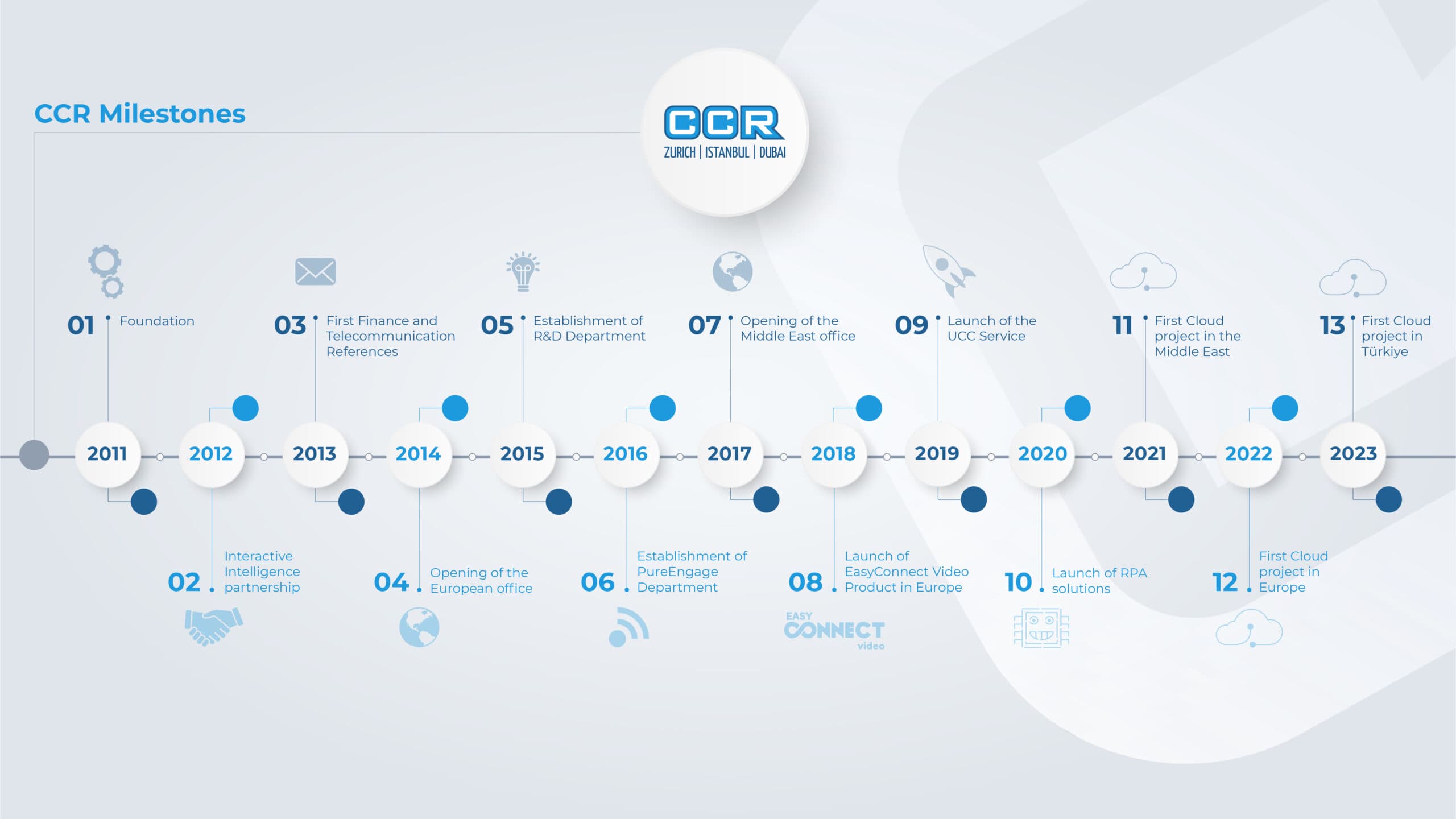Credit Card Readiness (CCR) history is a fascinating journey through the development of financial systems that have shaped modern commerce. From its humble beginnings to its current role in global transactions, understanding CCR history provides valuable insights into how financial institutions manage credit risks and consumer behavior. This article delves into the origins, milestones, and current significance of CCR, offering a comprehensive overview for financial enthusiasts and professionals alike.
As the world becomes increasingly digital, the importance of CCR history cannot be overstated. It serves as a foundation for understanding how credit scoring, consumer credit management, and financial regulations have evolved over time. This knowledge empowers individuals and businesses to make informed decisions regarding credit usage and financial health.
In this article, we will explore the key aspects of CCR history, including its origins, technological advancements, regulatory changes, and its impact on modern finance. By the end of this piece, you will have a deeper understanding of how CCR has transformed the financial landscape and why it remains a crucial component of today's economy.
Read also:What Is The Council Of Foreign Relations Understanding The Worlds Premier Think Tank
Table of Contents
- The Origin of CCR History
- Key Milestones in CCR History
- Technological Advancements in CCR
- Regulatory Changes in CCR History
- The Impact of CCR on Modern Finance
- Challenges Faced in CCR Development
- The Future of CCR
- Long-Tail Keywords in CCR History
- Data and Statistics in CCR
- Conclusion
The Origin of CCR History
The concept of Credit Card Readiness (CCR) dates back to the early 20th century when financial institutions began exploring ways to assess consumer creditworthiness. Initially, CCR was a manual process that relied heavily on personal judgment and limited data. Banks and lenders would evaluate applicants based on their income, employment history, and references. This rudimentary approach laid the groundwork for the sophisticated systems we see today.
Early Credit Scoring Models
In the 1950s, the development of credit scoring models marked a significant turning point in CCR history. Companies like Fair Isaac Corporation (FICO) introduced algorithms that could analyze large datasets to predict consumer behavior. These models provided a more objective and standardized method for evaluating credit risk, revolutionizing the lending industry.
Expansion of Credit Card Usage
As credit cards became more prevalent in the 1960s and 1970s, the need for effective CCR systems grew exponentially. Financial institutions recognized the importance of managing credit risks while catering to the increasing demand for consumer credit. This period saw the introduction of automated systems that could process credit applications more efficiently.
Key Milestones in CCR History
Throughout its history, CCR has experienced several pivotal moments that have shaped its evolution. These milestones highlight the progress made in credit assessment and risk management.
Introduction of Digital Systems
The advent of digital technology in the 1980s transformed CCR by enabling real-time data processing and analysis. Financial institutions could now access vast amounts of information to make informed decisions about credit applications. This shift significantly reduced the time and cost associated with credit evaluations.
Regulatory Frameworks
In the 1990s and early 2000s, governments around the world implemented regulatory frameworks to ensure fair and transparent credit practices. Laws such as the Fair Credit Reporting Act (FCRA) in the United States aimed to protect consumers while maintaining the integrity of CCR systems.
Read also:Comprehensive Guide To Isaca Certification Your Key To A Thriving It Career
Globalization of CCR
As the global economy expanded, CCR systems became more interconnected. International standards and practices emerged, allowing financial institutions to operate across borders with confidence. This globalization of CCR facilitated cross-border transactions and improved access to credit for consumers worldwide.
Technological Advancements in CCR
Technology has played a crucial role in the evolution of CCR history. From artificial intelligence to machine learning, innovations have enhanced the accuracy and efficiency of credit assessments.
AI and Machine Learning
Artificial intelligence and machine learning algorithms have revolutionized CCR by analyzing complex datasets to identify patterns and trends. These technologies enable financial institutions to make more accurate predictions about consumer behavior, reducing the risk of default.
Data Analytics
Data analytics has become an integral part of CCR, allowing institutions to gather insights from vast amounts of information. By leveraging data analytics, lenders can tailor their credit offerings to meet the specific needs of individual consumers, improving customer satisfaction and loyalty.
Regulatory Changes in CCR History
Regulations have been instrumental in shaping the development of CCR. They ensure that financial institutions adhere to ethical practices while safeguarding consumer rights.
Consumer Protection Laws
Consumer protection laws have evolved to address the challenges posed by modern credit systems. These laws mandate transparency in credit reporting and scoring, giving consumers greater control over their financial data.
Global Standards
International organizations have established global standards for CCR to promote consistency and fairness across borders. These standards help ensure that consumers receive equitable treatment regardless of their location.
The Impact of CCR on Modern Finance
CCR has had a profound impact on modern finance, influencing everything from lending practices to consumer behavior. Its role in shaping the financial landscape cannot be overstated.
Enhanced Credit Accessibility
Thanks to advancements in CCR, more consumers have access to credit than ever before. This increased accessibility has fueled economic growth and innovation, benefiting both individuals and businesses.
Improved Risk Management
Financial institutions now have the tools to manage credit risks more effectively, reducing the likelihood of financial crises. This improved risk management has contributed to greater stability in the global economy.
Challenges Faced in CCR Development
Despite its many achievements, CCR faces several challenges that threaten its effectiveness. Addressing these challenges is essential for maintaining the integrity of credit systems.
Data Privacy Concerns
As CCR relies heavily on personal data, concerns about data privacy and security have become increasingly important. Financial institutions must balance the need for accurate credit assessments with the obligation to protect consumer information.
Technological Disparities
Not all regions have access to the same level of technology, creating disparities in CCR capabilities. Bridging this gap requires investment in infrastructure and education to ensure equitable access to credit services.
The Future of CCR
Looking ahead, the future of CCR is bright, with continued advancements in technology and regulation promising to enhance its effectiveness. Emerging trends such as blockchain and decentralized finance may further transform the landscape.
Innovative Technologies
Technologies like blockchain offer new possibilities for secure and transparent credit assessments. These innovations could revolutionize CCR by providing tamper-proof records and enhancing trust in financial transactions.
Global Collaboration
Collaboration between nations and financial institutions will be key to addressing the challenges facing CCR. By working together, stakeholders can create a more inclusive and resilient credit system for the future.
Long-Tail Keywords in CCR History
Understanding long-tail keywords in CCR history provides additional context for its evolution. Terms such as "credit scoring models," "consumer credit management," and "financial risk assessment" highlight the complexity and depth of this field.
Importance of Long-Tail Keywords
Long-tail keywords offer valuable insights into specific aspects of CCR, enabling a more nuanced understanding of its history. By incorporating these terms into discussions, we can better appreciate the nuances of credit systems.
Data and Statistics in CCR
Data and statistics play a vital role in CCR, providing empirical evidence to support its theories and practices. According to the Federal Reserve, consumer credit outstanding in the United States exceeded $4 trillion in 2021, underscoring the importance of effective credit management.
Key Statistics
- Over 80% of adults in developed countries hold at least one credit card.
- The average credit score in the United States is 711, according to FICO.
- Credit card delinquency rates have steadily declined over the past decade, reflecting improvements in CCR systems.
Conclusion
In conclusion, the history of Credit Card Readiness (CCR) is a testament to the ingenuity and adaptability of financial systems. From its origins in manual assessments to its current reliance on advanced technologies, CCR has evolved to meet the demands of a rapidly changing world. Understanding its history and impact is essential for anyone involved in modern finance.
We invite you to share your thoughts and insights in the comments below. Additionally, explore our other articles for more information on financial topics. Together, we can continue to advance our knowledge of CCR and its role in shaping the future of finance.


